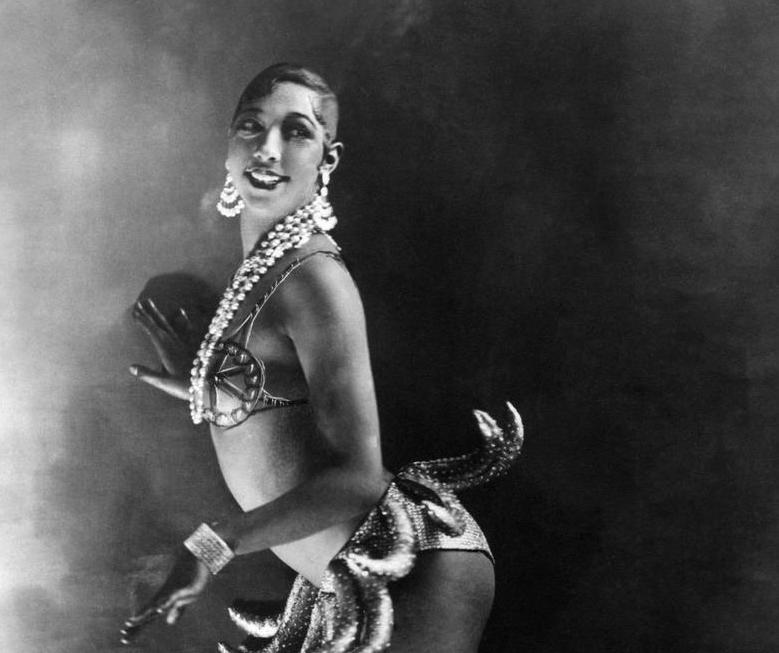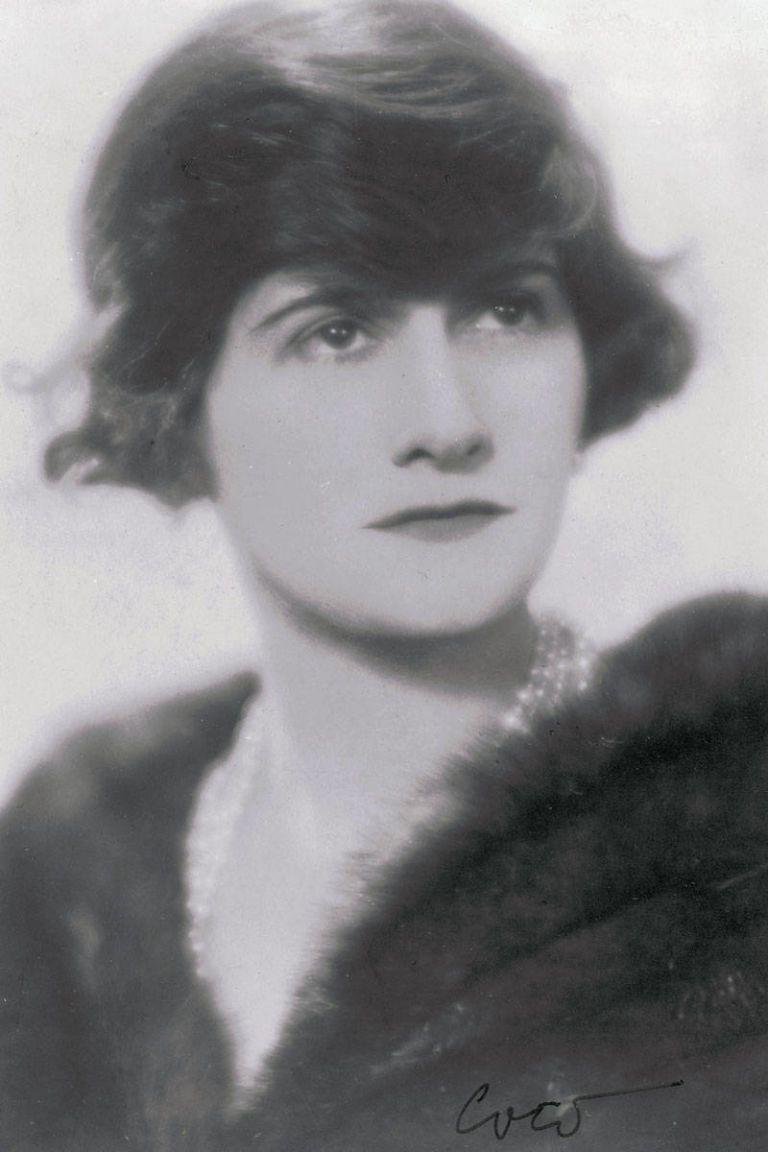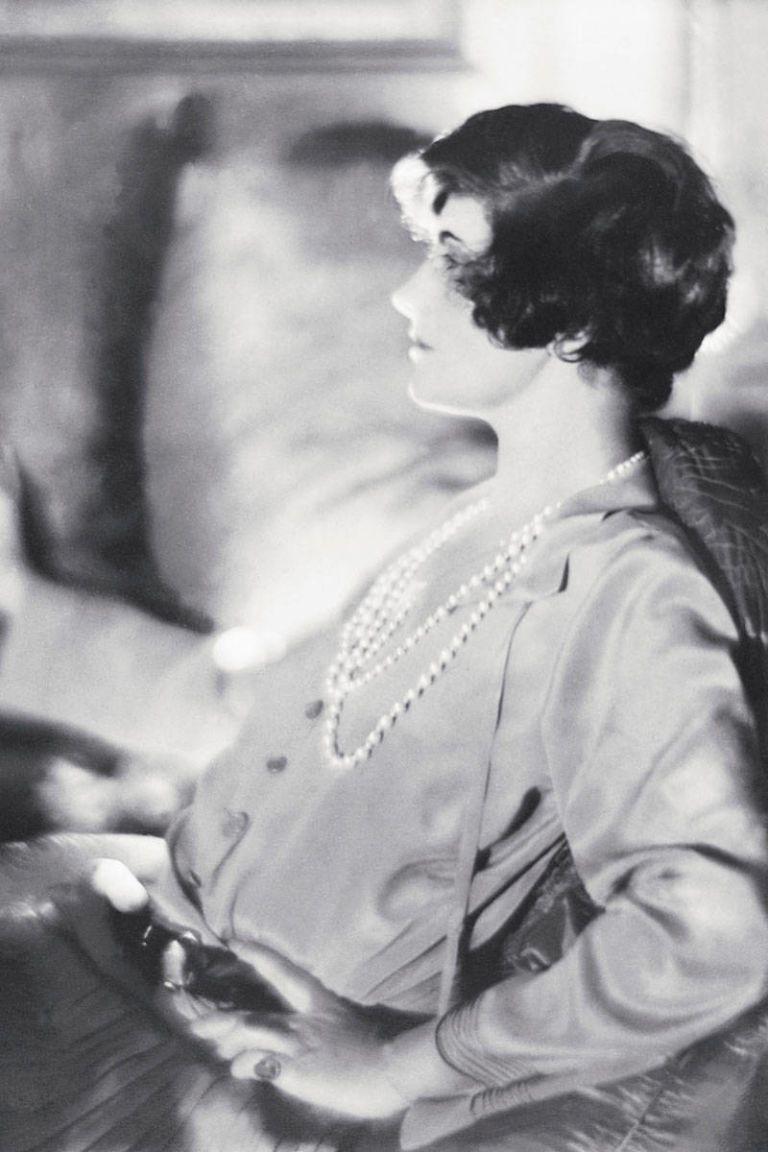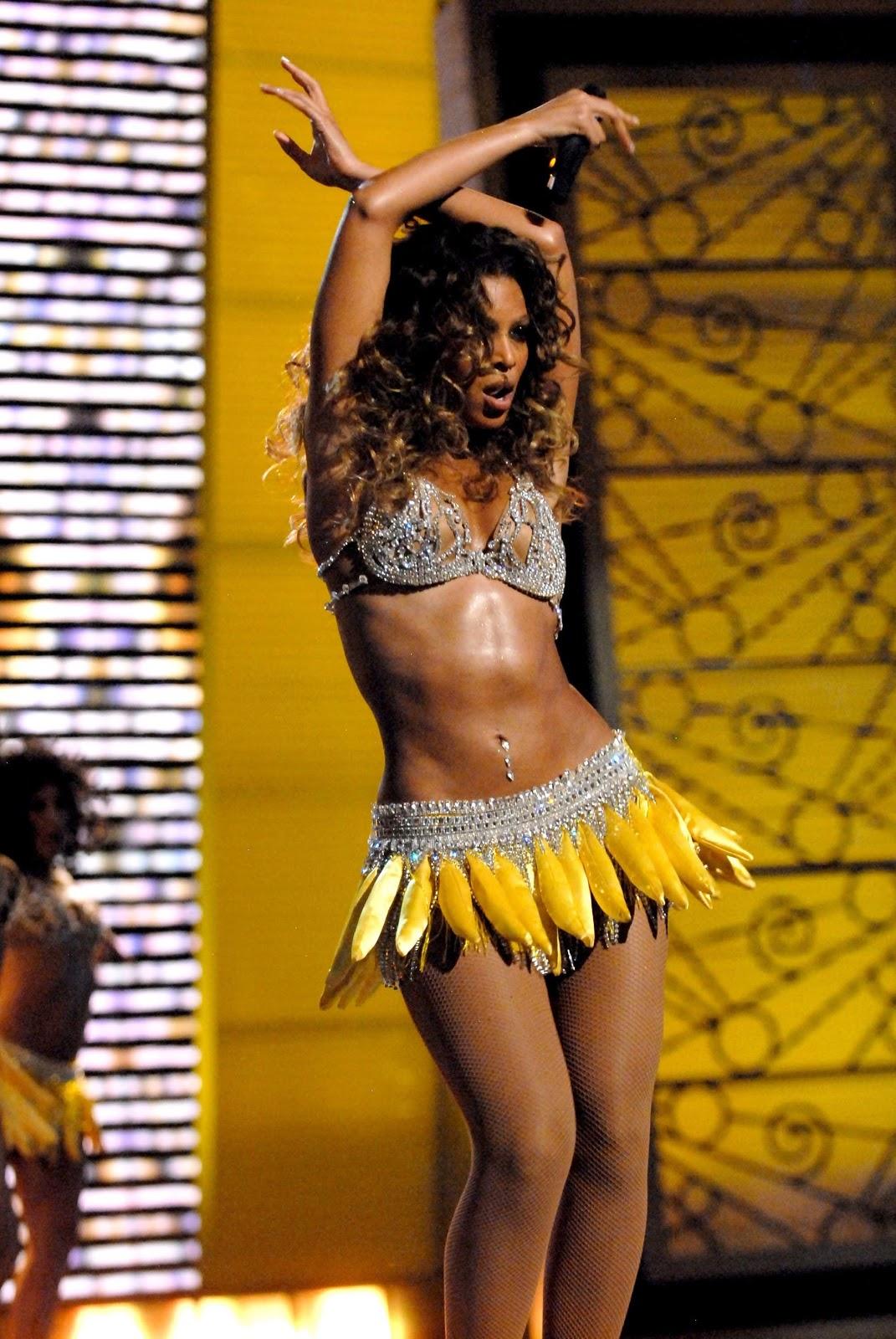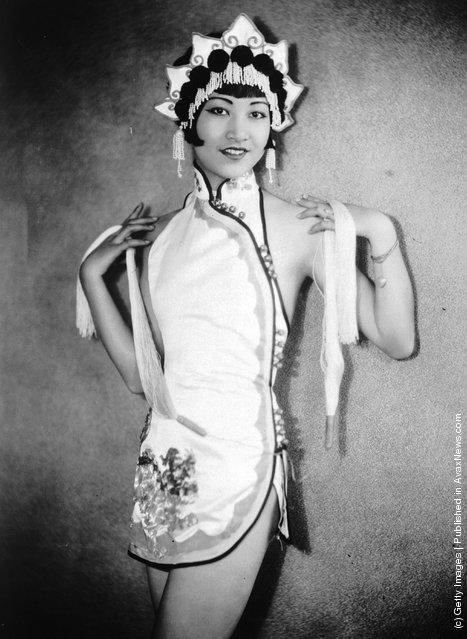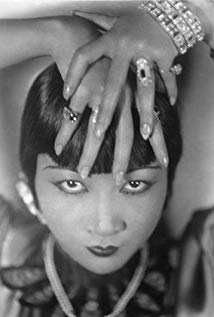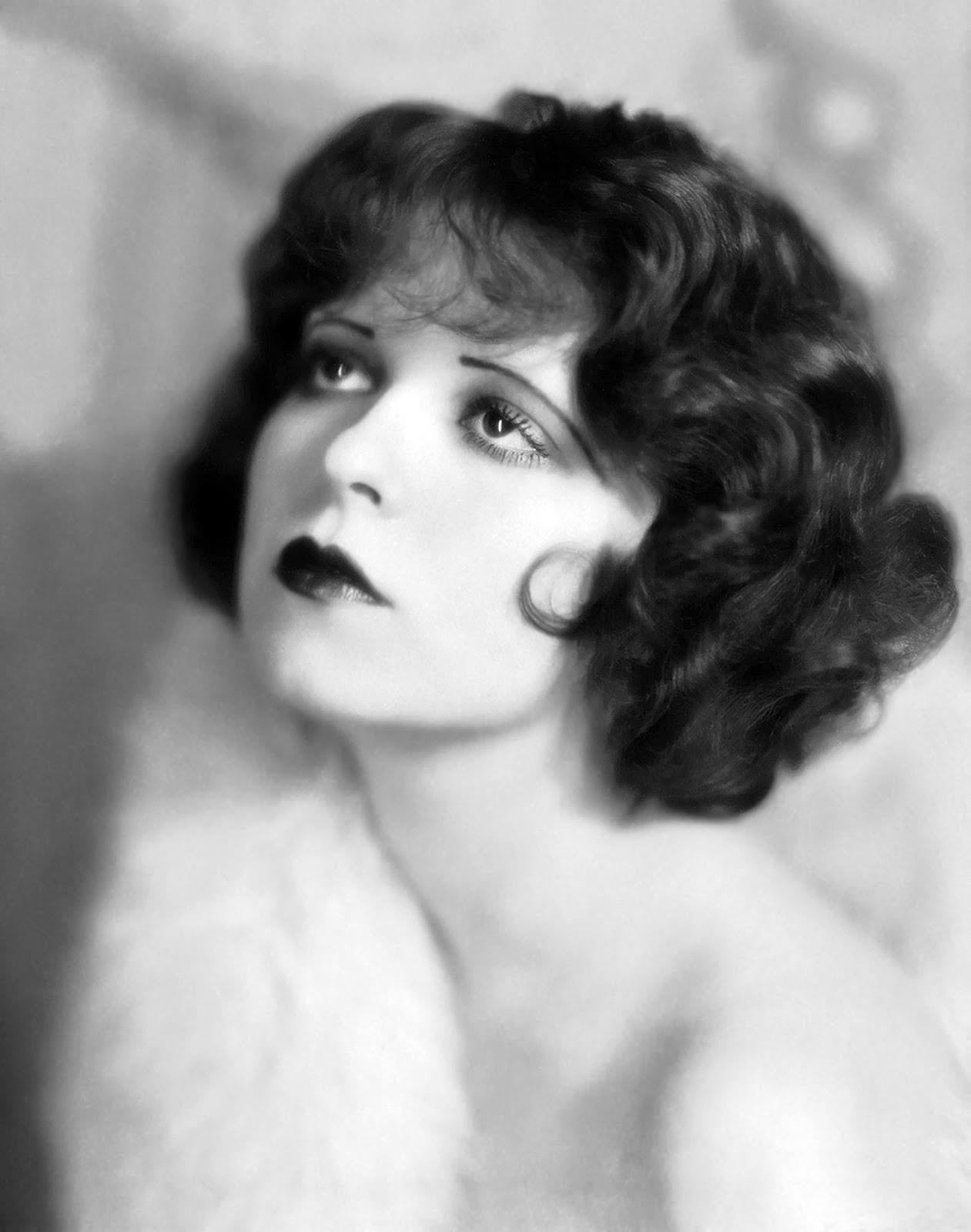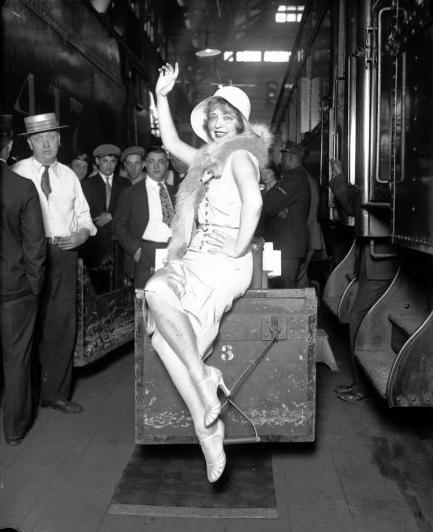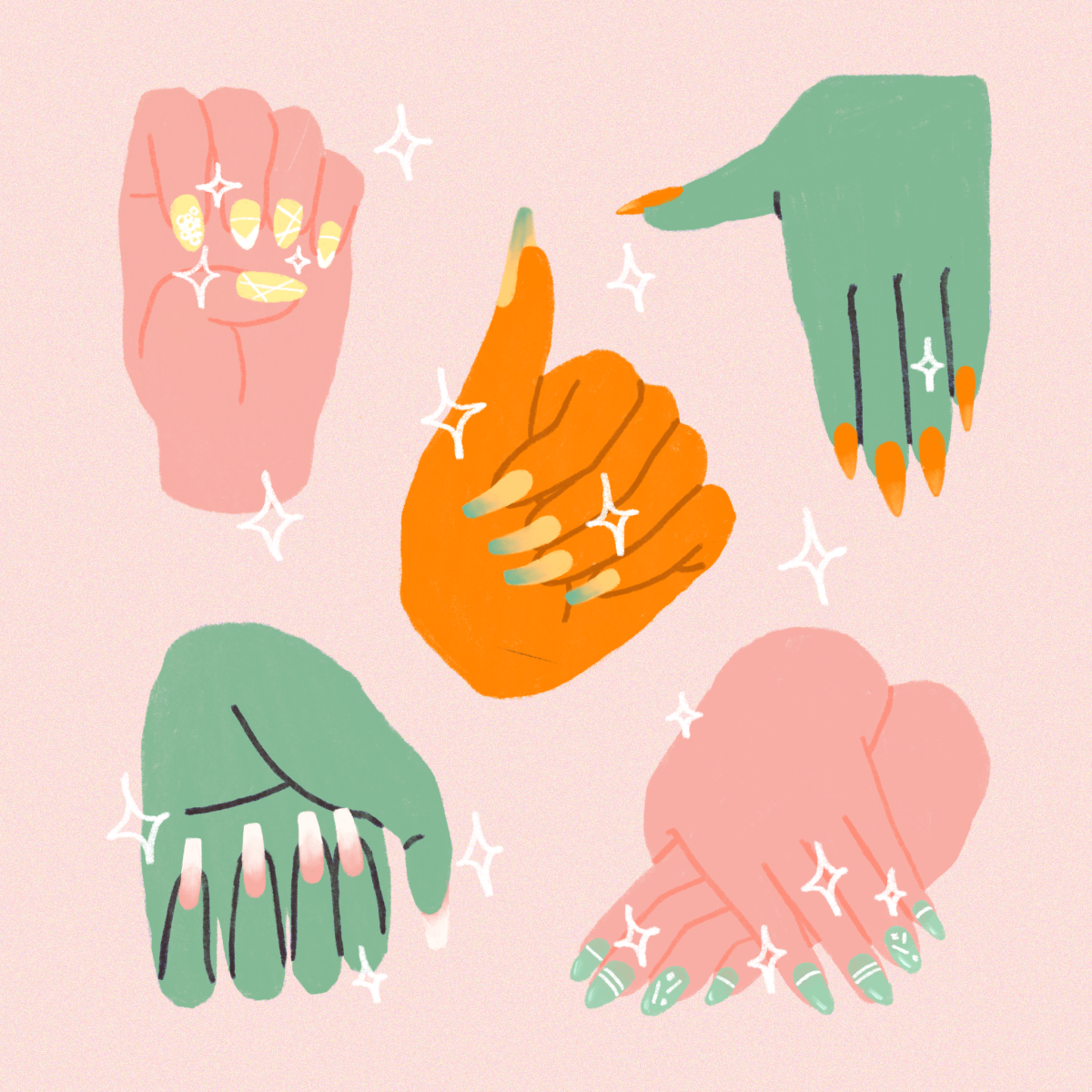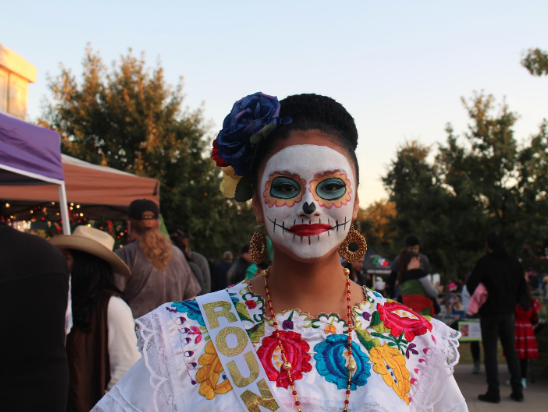With flappers, jazz, art and technological development– the roaring twenties was a time of great change in the twentieth century.
Story by Faith Castle
This decade witnessed independent, nonconforming style in women’s fashion. As women’s history month comes to an end, take a look back into how the influential style icons of the 1920s created aesthetic trends and broke barriers for women.
Coco Chanel
If you have any knowledge of fashion or if you’re simply a shop-a-holic, chances are you’ve heard of Chanel. The famous fashion line was started by French designer, Gabrielle “Coco” Chanel, in the early twentieth century as a store that sold custom hats. Eventually, Chanel expanded her talents by creating the first designer perfume, Chanel N०5, followed by Chanel N०22 named after the year it was created. Within the next few years, Chanel continued to break barriers for women’s fashion by creating the first-ever pantsuit for women and the “little black dress,” a staple piece to fit multiple occasions. The designer’s influence continues today with over 310 Chanel boutiques worldwide.
Photos courtesy of Chanel via Elle.com
Josephine Baker
Activist, entertainer and mother of 12, Josephine Baker wore many hats including fashion icon. Named by Time magazine as one of the top 100 fashion icons of all time, Baker’s style was bold, wild and some would argue, risque. Baker wore nearly nude pieces, such as her infamous banana skirt and chained bralette. Her oversized jewelry, slicked back hair and feathered wings served as accessories to accentuate her body. With that being said, her necklaces served as a symbol of her large influence to the Art Deco movement, a modern style mixed with geometric shapes and loud colors developed during World War I. Whether it was considered rebellious or not, Baker’s style continues to inspire today’s artists, such as Beyonce, Miley Cyrus and Rihanna.
Photos courtesy of hypehair.com and Gettyimages via Vogue.com
Anna May Wong
Anna May Wong was the first Chinese American actress to gain notable attention worldwide. Known for her roles in “The Thief of Baghdad,” “Piccadilly” and “Daughter of the Dragon,” Wong overcame racism and prejudice by earning a variety of roles intended for a non-person of color. Similar to her activism for Chinese women in Hollywood, Wong’s style was smooth and fearless. Wong set a standard and embraced her heritage through her signature chopped bangs cut right above her thin, sharp eyebrows to compliment her oval face. Wong is also known for mixing eastern and western cultures by wearing a Chinese dress, hinted with a flavor of the flapper’s style.
Photos courtesy of Gettyimages and IMBd.com
Clara Bow
Clara Bow, known as the “It girl,” rose to fame in the 1920s after her famous role in the movie, “It.” Bow overcame an abusive and broken home to claim many roles in Hollywood. The silent actress’ fashion spoke loudly as she was known for her sensual party looks that resembled the nightlife in the 1920s. Her curly hair, bold lipstick and vibrant patterned dresses enhanced her flirtatious “Betty Boop” eyes and matched her flamboyant personality. This party queen took the flapper’s style and made it her own through elegance.
Photos courtesy of Vogue.com and silenthollywood.com































